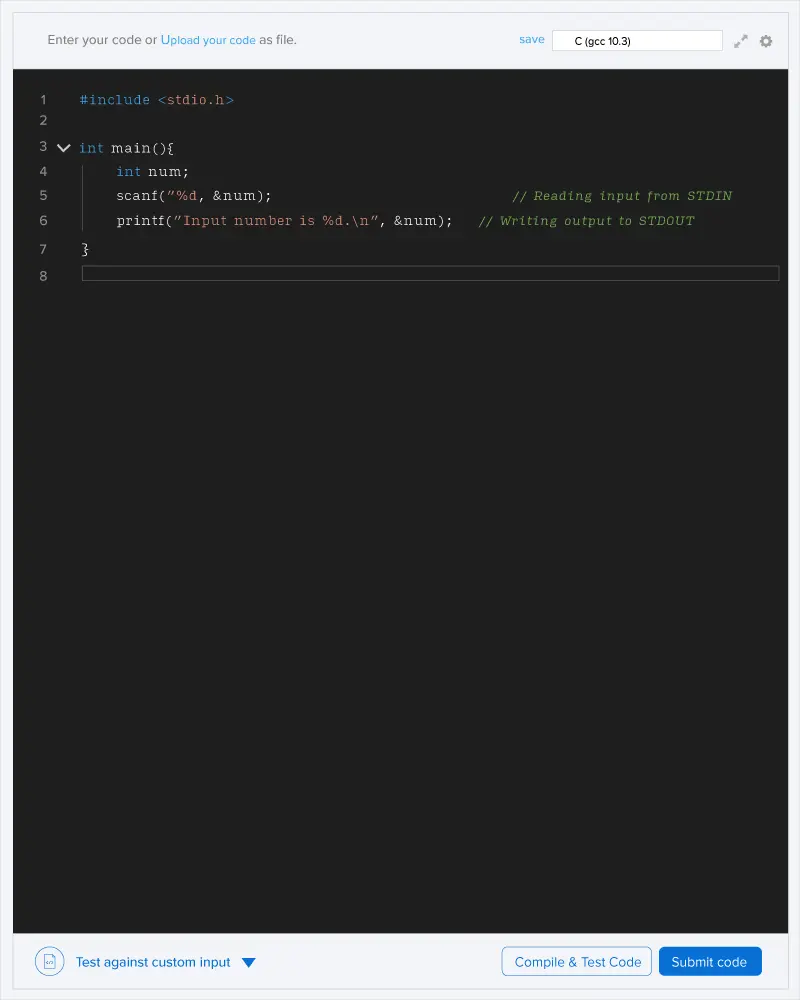Bob is organizing the annual tournament of gold. There are n participants in a line, each starting with 0 gold. Initially, the entire row of participants is "selected". A round of the tournament proceeds as follows:
- Bob selects a random subarray of the currently "selected" part of the row. Each subarray has equal probability of being chosen, including the same currently "selected" part.
- He gives 1 gold to each participant in the subarray.
- He sets this subarray as the new "selected" part of the row.
After k rounds of the tournament proceed, what is the expected amount of gold of each participant ?
It can be proven that the expected amount of gold for the ith participant can be represented as a fraction PiQi with Qi≠0 and gcd(Pi,Qi)=1. Print n space-separated integers, the ith of which is Pi⋅Q−1i modulo 998244353
It can be proved that Q−1 Modulo 998244353 exists under the following constraints.
Input Format:
The first and only line of input contains two space-separated integers, n and k.
Output Format:
Print n space separated integers, the ith integer denoting the answer for the ith participant .
Constraints:
1≤n,k≤500
Note that the Expected Output Feature for Custom Invocation is not supported for this contest.
The tournament could proceed in the following ways:
- [1,2] is selected in the first round, and [1,2] is selected in the second round, occurring with probability 19.
- [1,2] is selected in the first round, and [1,1] is selected in the second round, occurring with probability 19.
- [1,2] is selected in the first round, and [2,2] is selected in the second round, occurring with probability 19.
- [1,1] is selected in the first round, and [1,1] is selected in the second round, occurring with probability 13.
- [2,2] is selected in the first round, and [2,2] is selected in the second round, occurring with probability 13.
The output corresponds to expected values of 119 for both participants.

